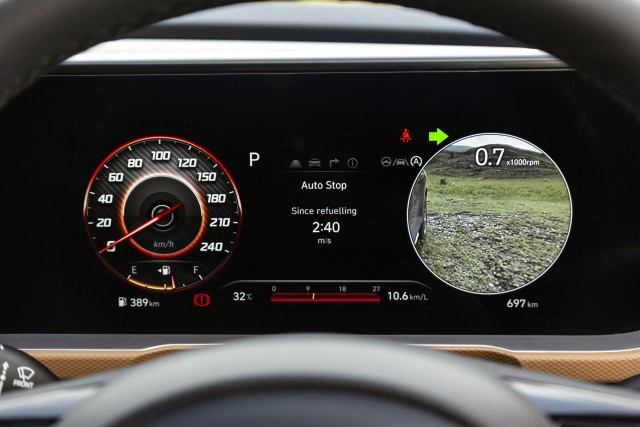
The level 2 ADAS, or advanced driver assistance systems, earlier the reserve of premium luxury cars merely a decade ago, now works almost flawlessly even in areas with far from ideal infrastructure—including the utter lack of signage or basic road markings—and that’s something commendable. The safety suite includes a plethora of autonomous assistants such as Smart Cruise Control with stop and go, forward collision warning and assistance—for car, two-wheelers, and pedestrians alike, even at junction turns, rear cross-traffic warning and auto brake assistance for collision avoidance, blind spot warning, lane keep, and more. These features were in the pristine Verna sedan as well as the new Creta and now take the extremely practical Alcazar to the next level. The high beam assist and 360° surround-view monitor are nice additions as well.
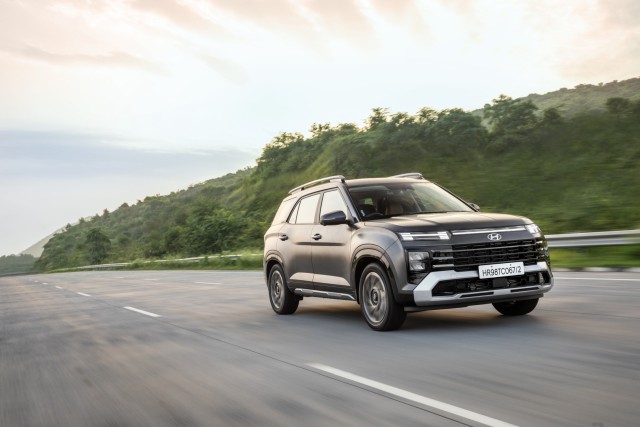
Getting a move on is easy with the sort of punch at hand. The turbo-petrol, once up and running, makes cruising at speed a breeze. The seven-speed dual-clutcher handles power delivery well and the drive modes, as well as terrain modes, make the most of the available grunt or, rather, help control it effectively. At around 1,600 kg, the new Hyundai Alcazar is not particularly light, although the claimed efficiency figures are encouraging. Hyundai also claim a 0-100 km/h time of 9.5 seconds. Up in those hills, however, the petrol engine had to breathe deep and the 7DCT had to hold the gears at 4,000 rpm to make it up inclines and maintain momentum—something the diesel would do at half that engine speed in a higher gear, while returning better efficiency. Don’t believe the lies about diesel. It’s simply the better fuel.
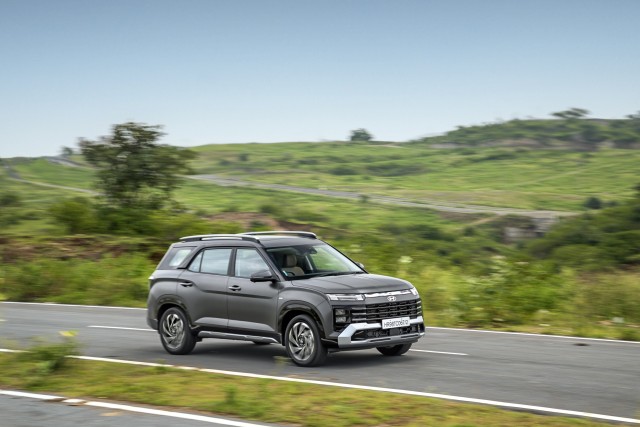
The new Hyundai Alcazar has a light steering feel and that makes it easy to manoeuvre in bends and in tight spots. The ride feels a little stiff but that helps it behave a little better for the large car it is. A little roll is evident when tackling tight corners but that’s not unexpected. The higher profile tyres on the 17-inchers on lower trims will probably have a slightly better ride. That said, the Alcazar is going to be a popular choice for a back-seat car. This six-seat iteration offers space aplenty in the second row with a lot of goodies—reclining seat-back, arm-rests, extendible thigh support, ventilation, supportive headrests, and even a two switches on the side of the front passenger seat to move the seat-back or the whole seat forward to make more room for the second row. A true chauffeur package indeed for about 1/15th the price of a certain premium German lug. Yeah, Hyundai refer to it as “Boss mode”.
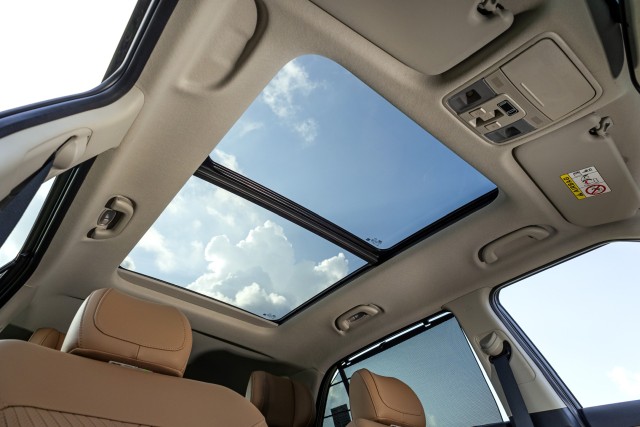
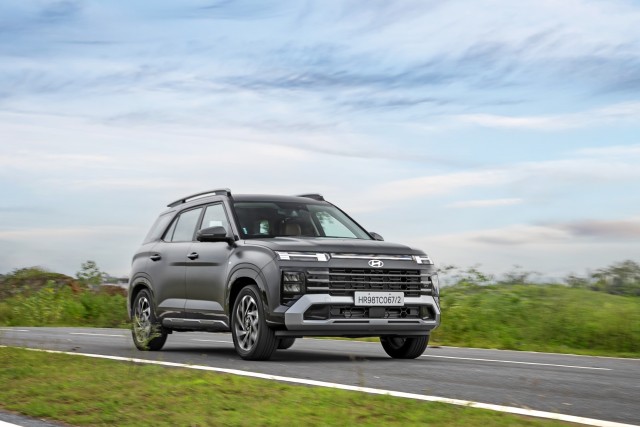
The new Hyundai Alcazar clearly elevates the driving experience as a complete package and comes with all the features one would need, and all within easy reach, too. The range starts from Rs 14.99 for the petrol and 15.99 lakh for the diesel. Past the entry trim, though, the prices are identical. The diesel loses out on the voice-controlled panoramic sunroof, gets a tyre repair kit instead of a 215/60 R17 spare tyre, and makes do with a single centre rear lamp instead of two reading lamps, among other bits of kit. This top trim costs Rs 21.20 lakh before taxes, the six-seat option costs an additional 20k and the Matte option costs another 15k. All said done, the Alcazar raises its own game. Apart from its South Korean platform-sharing cousin, it also has some competitors solely in terms of price and on-paper features however, in terms of quality, refinement, ergonomics and overall approach, they fail to match up—and by some margin—so I won’t even bother.
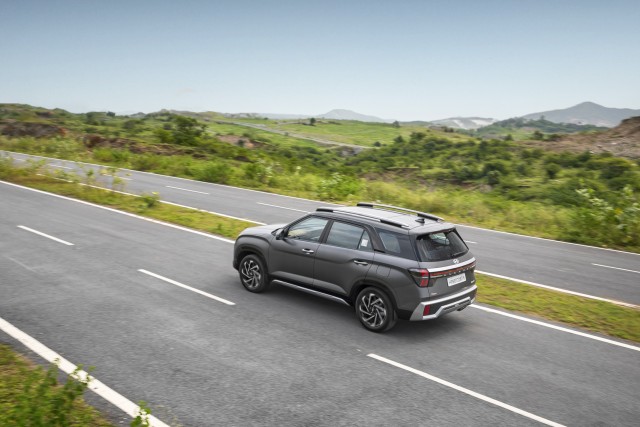
Need to Know – Hyundai Alcazar TGDI DCT Signature 6-st Matte
Price: Rs 21.55 lakh (ex-showroom)
Engine: 1482 cc, in-line four, turbo-petrol, direct injection
Max Power: 160 hp @ 5500 rpm
Max Torque: 253 Nm @ 1500-3500 rpm
Transmission: Seven-speed, dual-clutch automatic, front-wheel drive
Suspension: MacPherson strut front, torsion beam rear
Weight: 1550 kg (estimated)




















Leave a Reply